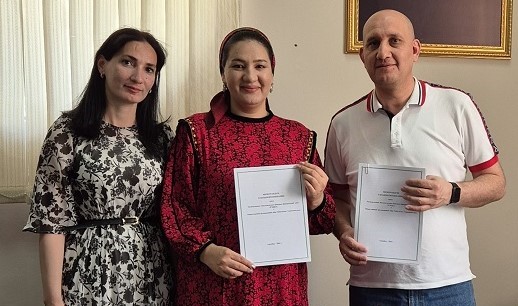The partners of the ReCATH project in the Central Asian region are the Greenhouse Gas Management Institute (GHGMI). As part of its scientific activities, the Institute presented the article “WHAT IS GHG MANAGEMENT? ALLOCATION RULES” prepared by Dr. Michael Gillenwater.
The article discusses the concept of allocation in greenhouse gas (GHG) inventory accounting. It emphasizes that the definition of allocation used in this context is broader than that used in the product life cycle assessment (LCA) literature, which refers to the allocation of emissions from one process to related products. In the GHG Protocol Scope 3 guidance, allocation is also used to attribute emissions to products when estimating downstream emissions.
The author emphasizes that allocating responsibility using allocation rules does not mean taking into account all emissions that may be affected by an entity. This allows a distinction to be made between allocative (inventory) and indirect (intervention) accounting methods. Allocative methods assign responsibility to emissions, while consequential methods assign responsibility to interventions that affect processes.
The paper argues that the allocation of emissions in GHG inventories should not be based on sequential thinking because it interferes with the distinction between allocative and sequential methods. It is suggested that meaningful trends can be observed by repeatedly and consistently allocating responsibility for emissions to actors.
When it comes to direct emissions, allocation is straightforward, based on physical location and boundaries. However, in the case of indirect emissions, allocation becomes more complex, as boundaries are no longer the same as physical boundaries. There is a debate between using financial and physical ties to a facility as the basis for allocating emissions.
The article concludes that while financial accounting can provide useful lessons in areas such as auditing and management, it cannot be directly applicable to answer allocation questions in physical GHG accounting. Therefore, attempts to integrate GHG accounting with financial accounting should be limited to specific areas such as carbon pricing and economic environmental accounting.
Overall, the article calls for thoughtful consideration of allocation rules in GHG inventory accounting, especially in the context of indirect emissions.
You can read the full article on the GHGMI website: https://ghginstitute.org/2023/10/11/what-is-greenhouse-gas-accounting-allocation-rules/



